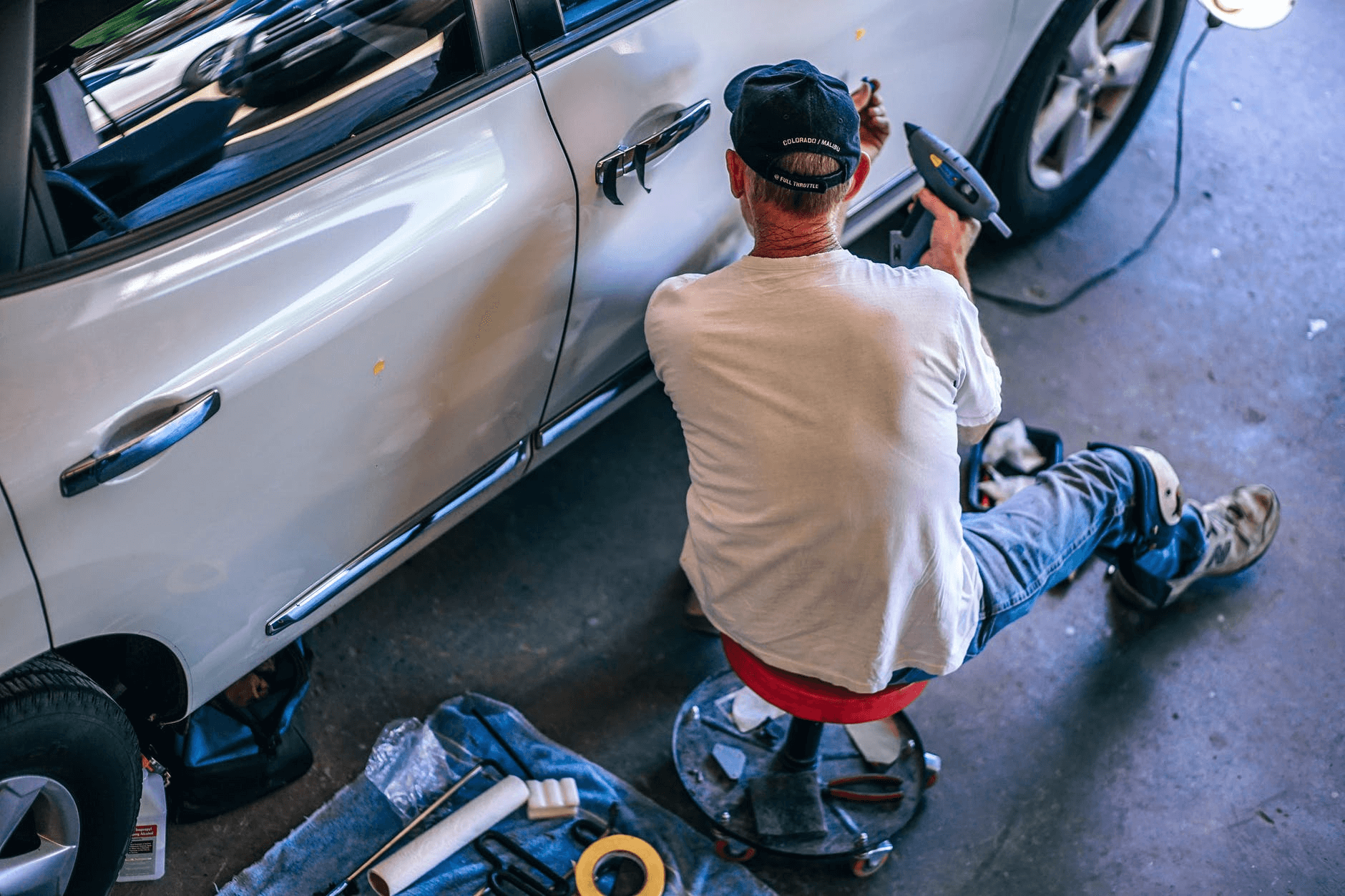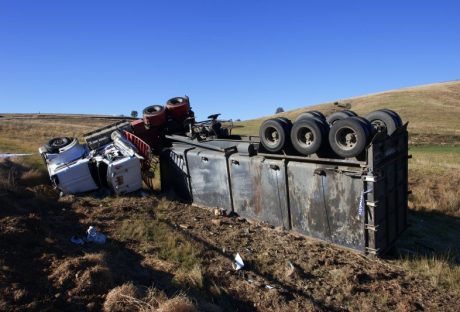Mobile Car Detailing :
Most people have spent warm summer afternoons washing their cars with soap, water, and a sponge. It was a good way to get wet and kill some time while some kids do it to earn some money. With time, you should have learned that keeping a car clean requires a lot more effort than what you believed as a child. It’s something you need to create time for since your clean car is simply like living in the clean house. You will certainly feel better driving around in a clean car. Even better, clearing the dust from your car makes it easier to sell it to a private buyer or get a better trade-in amount at the local car dealership. You should consider detailing your vehicle during the warmer months. Here’s what you need to know.
What Are The Right Products For The Job?
With the right products, you can save time and avoid costly damage to your vehicle. There are numerous places to find car cleaning products. You can visit your local auto parts stores, grocery stores or numerous online vendors. You should choose a dedicated car washing product, rubber cleaner, wheel cleaner and wax from any of these sources. If your car is dirty, you can always rely on bug and tar remover for the best results. All these products are simply for your car’s exterior. For the interior, you should get a carpet cleaner, wipes, glass cleaner, and leather as well as vinyl care products depending on the material used in the interior. You will not be forced to break the bank on high-end products for your car’s detailing needs. You also need a soft sponge, chamois, microfiber towel, bucket, vacuum cleaner, plastic bag and cotton swabs to use together with these products.
Interior Mobile Car Detailing :
It’s always prudent to start with the interior, especially if you haven’t cleaned your vehicle in a while. You will find a lot of dirt has accumulated in the foot wheels as well as other types of debris. If not cleaned thoroughly, the debris will settle on the body of your car, especially if it becomes airborne. Start by removing the floor mats and collect any miscellaneous wrappers lying on the floor as well as other garbage such as receipts, coffee cups and much more. Next, you should vacuum the floors, the seats and any other spaces found inside the vehicle.
Note the spaces where food remains might creep into or spill and vacuum there too. You can skip the carpets in your vehicle if they are clean. However, you can clean them using the carpet cleaner. Clean your dashboards using the cleaner wipes. You can use the cotton swabs to remove the dust found in the small crevasses such as the air vents as well as the spaces found between the buttons in the middle console. Slide your front seats to the back and find out if there’s any trash hiding underneath it. Even better, you could find some of those lost possessions you couldn’t access before. Don’t forget to wash the floor mats but don’t use the washing machine for that. Rather, you should pressure wash them or consider scrubbing them depending on your preferences. With all these interior detailing tips, your car will look brand new every time you’re on the road.
Finishing Touches Of Mobile Car Detailing :
Now you can hose the car down and wash it thoroughly from the top to bottom and go around it using your sponge. Repeat the process, especially if your vehicle is covered in dust, mud or road salt. Rinse it thoroughly for the best results. Don’t let the car air dry because it will leave terrible watermarks, regardless of whether you have parked it in the sun or shade. Rather you should use a chamois for the drying. Yes, it is more time-consuming but your car will look good for it. Next, you should apply a thin coat of wax evenly after your car is completely dry. Remove the wax residue using a microfiber towel. Put the equipment down and you can inspect the car to make sure you didn’t miss a spot. Mobile Car Detailing keeps your car looking brand new.
Read Also :























